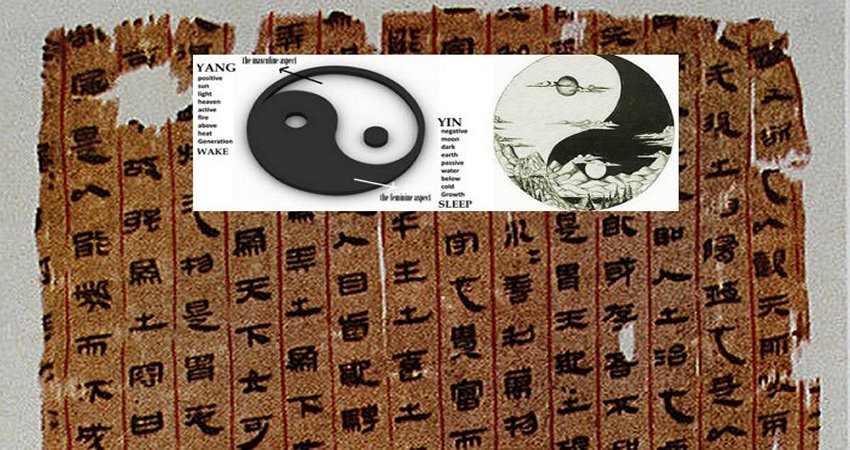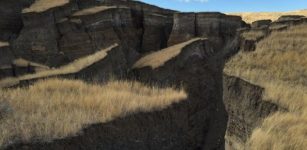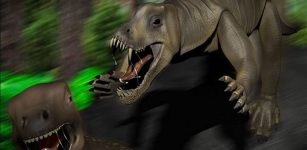World’s Smallest Mesozoic Dinosaur Discovered In Amber
Don Wood – MessageToEagle.com – Scientists have discovered a small, bird-like skull preserved in Burmese amber.
It turns out this is a new species, Oculudentavis khaungraae, that could represent the smallest known Mesozoic dinosaur in the fossil record.
The specimen’s size is on par with that of the bee hummingbird, the smallest living bird.
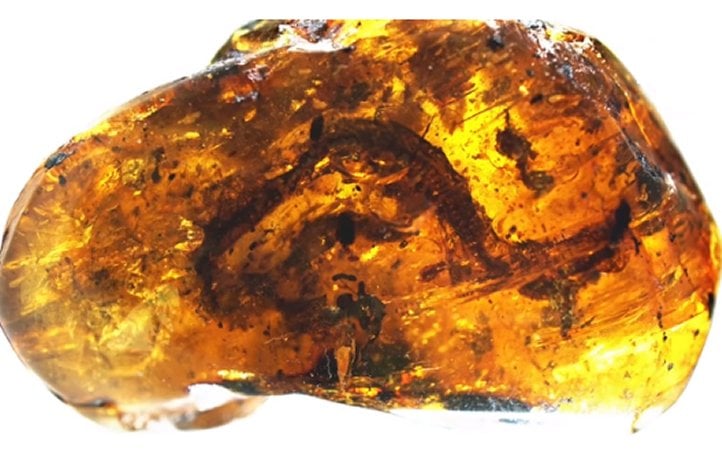
Credit: Xing Lida
“Amber preservation of vertebrates is rare, and this provides us a window into the world of dinosaurs at the lowest end of the body-size spectrum,” Lars Schmitz, associate professor of biology at the W.M. Keck Science Department. “Its unique anatomical features point to one of the smallest and most ancient birds ever found.”
The team studied the specimen’s distinct features with high-resolution synchrotron scans to determine how the skull of the Oculudentavis khaungraae differs from those of other bird-like dinosaur specimens of the era. They found that the shape and size of the eye bones suggested a diurnal lifestyle, but also revealed surprising similarities to the eyes of modern lizards.
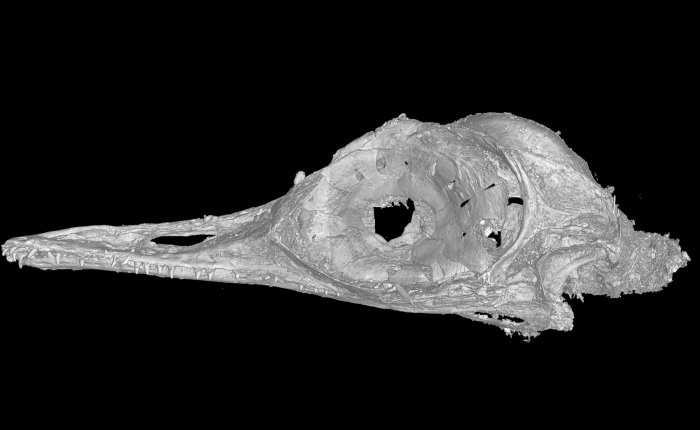
A CT scan of the skull of Oculudentavis by LI Gang, Oculudentavis means eye-tooth-bird, so named for its distinctive features. Credit: Lars Schmitz
The skull also shows a unique pattern of fusion between different bone elements, as well as the presence of teeth. The researchers concluded that the specimen’s tiny size and unusual form suggests a never-before-seen combination of features.
“No other group of living birds features species with similarly small crania in adults,” Schmitz said. “This discovery shows us that we have only a small glimpse of what tiny vertebrates looked like in the age of the dinosaurs.”
Written by Don Wood – MessageToEagle.com Staff

